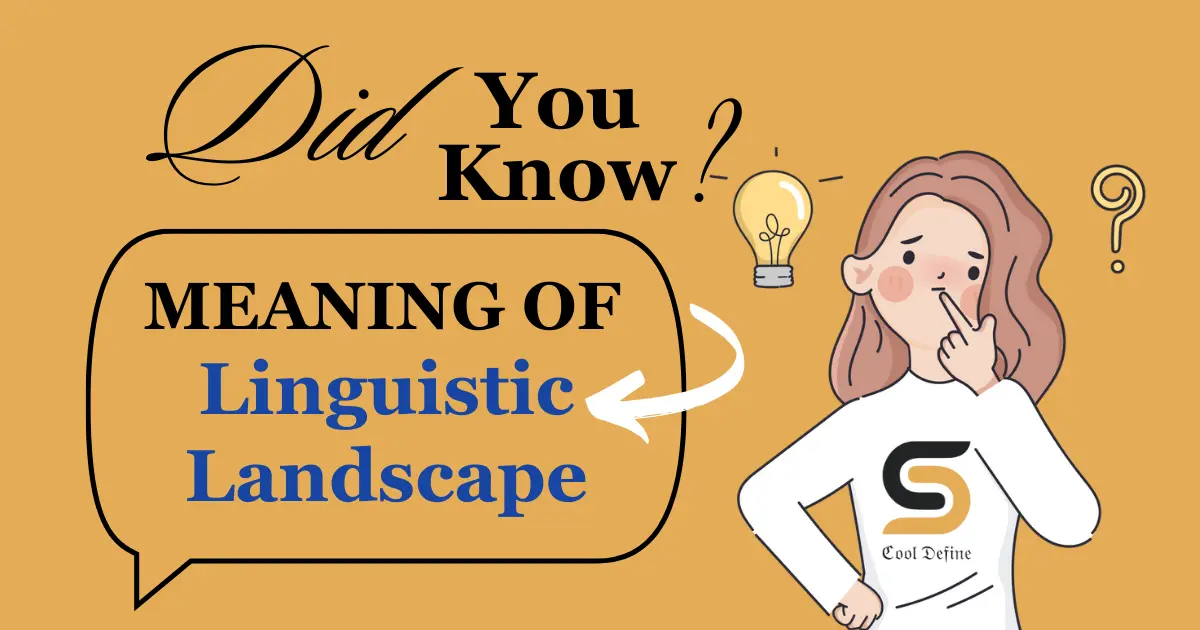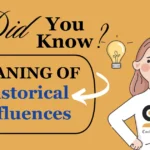Language is an ever-evolving entity, shaped by cultural shifts, technological advancements, and societal changes. One fascinating aspect of this evolution is the emergence and transformation of slang words, colloquially referred to as “slag words.” In this article, we delve deep into the linguistic landscape of contemporary slag words, exploring their significance, evolution, and implications in modern communication.

Analyzing the Linguistic Landscape of Contemporary Slag Words
Definition of Slag Words:
Slag words, also known as slang or colloquialisms, are informal expressions that deviate from standard language norms. They often arise within specific social groups or subcultures and reflect current trends, attitudes, and experiences.
Importance of Linguistic Analysis:
Analyzing slag words provides valuable insights into the cultural zeitgeist and societal dynamics. It offers a window into how language evolves to meet the communicative needs of diverse communities.
The Evolution of Language
Historical Context:
The use of slang dates back centuries, with each era leaving its linguistic footprint. From Shakespearean insults to Jazz Age jargon, slang has always been a dynamic aspect of language.
Modern Usage Trends:
In today’s digital age, the rapid dissemination of slang through social media platforms and online communities accelerates linguistic evolution. Words can gain traction overnight and spread globally within hours.
Influence of Popular Culture:
Television, music, and the internet play significant roles in popularizing slang words. Influencers and celebrities often contribute to the lexicon by coining new phrases or repurposing existing ones.
Understanding Contemporary Slag Words
Examples of Contemporary Slag Words:
From “lit” to “yeet,” contemporary slang encompasses a wide range of expressions. These words often originate in youth culture but can permeate mainstream discourse.
Analysis of Semantic Shifts:
Slag words undergo semantic shifts over time, acquiring new meanings or connotations. For example, “sick” originally referred to illness but now signifies something impressive or exciting.
SEO Strategies for Slag Words
Keyword Research Techniques:
Identifying trending slag words requires staying attuned to online conversations, memes, and viral trends. Keyword research tools can help pinpoint relevant terms with high search volume.
Optimizing Content for SEO:
Integrating slag words strategically into content can enhance its visibility and relevance to target audiences. However, it’s essential to maintain authenticity and avoid forced usage.
Utilizing Slag Words Effectively:
Crafting engaging and relatable content that incorporates slag words naturally can resonate with audiences and foster a sense of connection. Balancing creativity with SEO objectives is key to success.
Conclusion for Linguistic Landscape
Summary of Key Points: Contemporary slag words offer a fascinating glimpse into the dynamic nature of language and culture. By analyzing their evolution and usage trends, we gain valuable insights into societal dynamics and communication patterns.
Future Implications: As language continues to evolve, so too will the landscape of slag words. Understanding and adapting to these linguistic shifts is essential for effective communication and engagement in an ever-changing world.
Frequently Asked Questions:
Q1.What distinguishes slag words from formal language?
Slag words are informal expressions characterized by their colloquialism, deviation from standard language norms, and association with specific social groups or subcultures.
Q2.How do slag words impact SEO strategies?
Integrating trending slag words into content can enhance its visibility and relevance to target audiences, provided it’s done authentically and strategically.
Q3.Are slag words region-specific?
While some slag words may originate within specific regions or communities, many gain widespread usage through digital platforms and popular culture, transcending geographical boundaries.
Q4.Do slag words have a lifespan?
The lifespan of slag words varies depending on factors such as their relevance to current trends and their ability to maintain cultural currency. Some may fade into obscurity, while others become enduring fixtures of the lexicon.
Q5.Can slag words be considered a form of linguistic innovation?
Yes, slag words represent a form of linguistic innovation, reflecting the creativity, adaptability, and dynamism of language as it evolves to meet the communicative needs of diverse communities.



